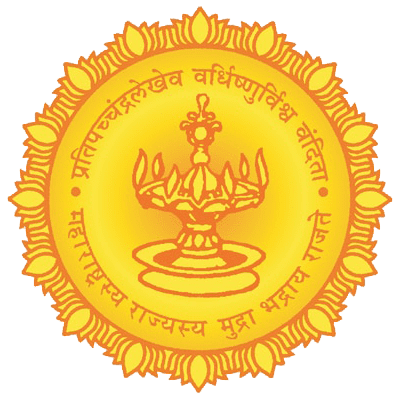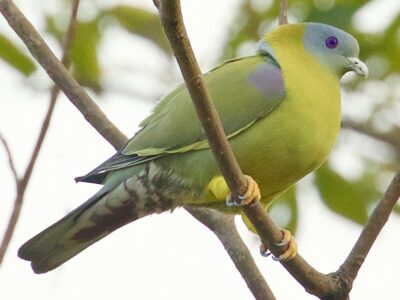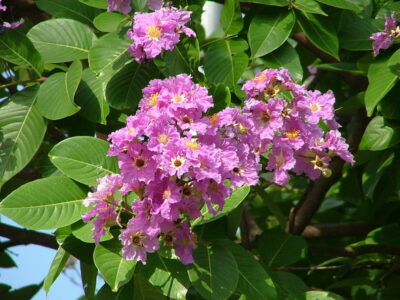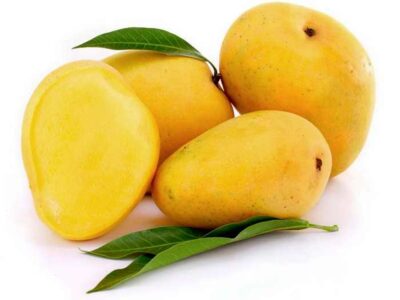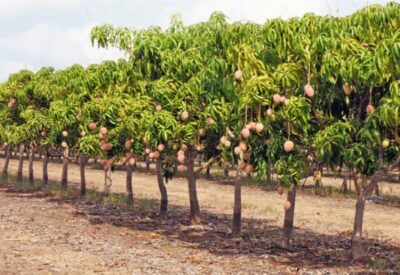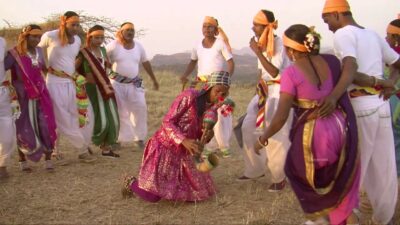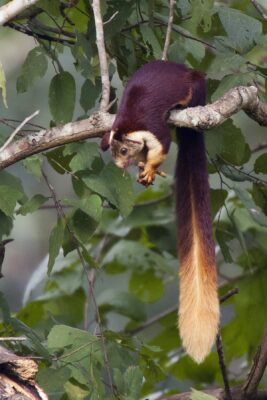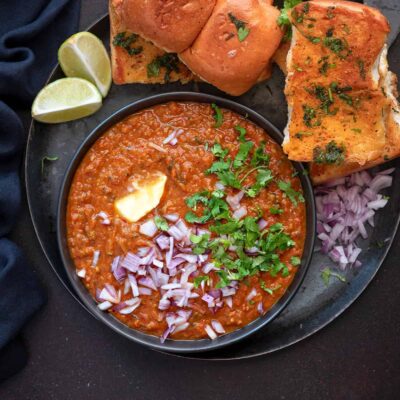State Symbols of Maharashtra
Last updated on January 21st, 2023 by Editorial Staff
By | Updated on January 21, 2023
Reviewed by Rittika
Maharashtra has 35 administrative districts and six revenue divisions. It is home to India’s largest city, Mumbai (population of 13 million and formerly known as Bombay) (Government of Maharashtra Official Website, 2008). It has a population density of 814 people per square mile, comparable to Massachusetts in the United States, and a size of 118 809 square miles, comparable to New Mexico (USA). Madhya Pradesh, Chhattisgarh, Andhra Pradesh, Karnataka, and Goa are the states that surround it. There is a ceremonial Governor nominated by the central government, as in all Indian states, and a Chief Minister who is the head of government and has executive power.
Derivation
Maharashtra is thought to be derived from the word rathi, which means chariot rider. With the creation of the first Buddhist caves in the 2nd century BC, Maharashtra became part of living memory. The state has its first mention in a 7th-century narrative by Huan Tsang, a popular Chinese explorer. Per recorded history, the first Hindu King controlled the state from Badami in the 6th century. The founder of the Maratha Empire, Shivaji Bhosle, fought the Mughals for the rest of his life. Shivaji’s reign encompassed practically the whole Deccan by 1680, the year of his death. Shivaji was a superb warrior and one of India’s greatest rulers, and he is regarded as the most important figure in Maratha’s history.
Maharashtra, India’s second-most populated state, is home to many wonderful tourist attractions. There are numerous places to visit in Maharashtra for a brief escape or a longer vacation, ranging from hill stations to beaches to beautiful green valleys. Maharashtra is bordered by the lush and beautiful Western Ghats, and on the other, by the huge Arabian Sea. Maharashtra is a paradise for tourist sites, excitement, and wonderful holidays, as it is home to India’s financial center (Mumbai) and other incredible cities.
Mumbai-The City of Dreams!
Mumbai, also popular as “the city that never sleeps” or “the city of dreams,” is one of Maharashtra’s most popular tourist destinations. Maharashtra’s capital is home to lovely destinations, great eating establishments, breathtaking architecture, and stunning beaches. Mumbai welcomes millions of visitors, whether on holiday or on business. Among the top sites to visit in Mumbai are the Bandra-Worli Sea Link, the Gateway of India, Marine Drive, Chowpatty, Juhu Beach, and Colaba. Navi Mumbai, often known as New Bombay, is India’s largest sprawling metropolis and one of Maharashtra’s most popular tourist destinations. It is situated on Mumbai’s eastern coast and is linked to the city. Central Park, Pandavkada Waterfalls, Belapur Mago Garden, CIDCO Golf Course, and other fantastic locations in Navi Mumbai are among the city’s many educational institutions, MNCs, and leisure destinations.
Commercial Capital of India
Maharashtra is one of India’s most important urban and business centers, earning the moniker “Gateway to India.” Maharashtra is also known for its scenic locations and thriving culture. The Ajanta and Ellora cave paintings are UNESCO World Heritage sites and renowned tourist destinations. This vibrant culture is enriched with music, dance, Bollywood, festivals, and many more.
The national constitution of 1950 influenced the organization of Maharashtra’s government, as it does that of most other Indian states. The governor stands as the head of state, and the president of India appoints him. The governor is assisted and counseled by the Council of Ministers and is accountable to the parliament, divided into two houses: the Vidhan Parishad (Legislative Council) and the Vidhan Sabha (Legislative Assembly). These entities meet in Mumbai on a routine basis and in Nagpur once a year. Women and the members of the Scheduled Castes and Tribes are given priority in seating. In addition, Maharashtra is represented in both the Lok Sabha and the Rajya Sabha (India’s lower and upper houses of parliament).
Issues boggling the State
Like the rest of India, Maharashtra is grappling with the problem of maintaining rapid economic growth while undergoing significant structural reforms. To regulate a growth rate of 8-10%, the State Government continues to capitalize on its relative advantages as a technical and scientific research center. Furthermore, given the significant contribution of agricultural sectors to national income, the State Government should devote significant resources to enhancing agricultural productivity, irrigation, flood control, and efficiency.
Today, India has a substantial presence in the global cinema business. The Indian film business is divided into several regional clusters, with Bollywood being one of them. Bollywood is a Mumbai-based cluster that produces most Hindi-language films (40%) (PWC & FICCI, 2007). Bollywood is India’s oldest film cluster, going back to the early twentieth century. The demand for Bollywood films is changing, and the industry must adapt its style and content. Bollywood is the definitive style of Indian filmmaking because of the vast number of films produced in Bombay each year and because Bombay film studios release their films in Hindustani (a pluralistic language). Hindustani isn’t just for Hindus; it is spoken throughout India alongside other regional dialects. It was also the vehicle that transported Bombay-produced films around the country.
Demographic Description
The history of Bombay’s socioeconomic and demographic character reflects the city’s amazing growth. From 1881 until 1931, the city was open to all types of faith, but the Hindu population accounted for roughly two-thirds of the total population. ‘Hindu’ encompasses sister faiths such as Jainism, Buddhism, and Sikhism, albeit this isn’t stated. Other religious groups were either minorities or marginalized. The Parsees, for example, made up around 5% of the population, but their participation in trade and business allowed them to wield tremendous economic and political power despite their tiny numbers. After the Hindus, the Muslims, who made up around a quarter of the population, were the most important religious community. Finally, there are small groups of Christians and Jews who, like the Parsees, have distinguished themselves via their prominent positions in public and private life.
Cultural Entity
In terms of food and dress culture, men in Maharashtra were expected to wear a dhoti, a kurta or cotton shirt, pheta (headwear) topi), and an optional waistcoat or bandi. Women wear a choli or blouse on top and a lugade or nauwari saadi, a 9-yard long saree. They frequently walked around in open sandals or chappals. The majority of people in the twenty-first century have begun to dress in western clothing or a fusion of Indian and western clothing. A small percentage of the population wears traditional dress, but many wear it for religious events and Marathi festivals. Wheat, rice, jawar, bajra, vegetables, lentils, and fruit are all staples in Maharashtra’s diet. Until recently, Maharashtra did not consume a lot of meat. Because they used to work in labor-intensive industries like farming, their diet is high in carbs. Maharashtra’s cuisine ranges from sweet to mildly spicy to hot. Some foods, such as vada pav, pav bhaji, missal pav, and pooran pori, have become world-famous. Another renowned cuisine, Shrikhand, is thought to have originated in Maharashtra.
State Information
| Official Language | Marathi |
| State Rank | 3 |
| Demonym(s) | Maharashtrian |
| Nickname | Financial Capital of India |
| ISO | IN-MH |
| Formation Date | 1 May 1960 |
| Coordinates | Lat: 19.7515° N, Long: 75.7139° E |
| Area |
State seal
Motto of Maharashtra
State symbols of Maharashtra 👇
-
State emblem
-
State capitalMumbai
-
State birdYellow-footed green pigeon
-
State flowerJarul
-
State fruitMango
-
State treeMango Tree
-
State dancePavri Nach
-
State animalIndian giant squirrel
-
State dishPav Bhaji

